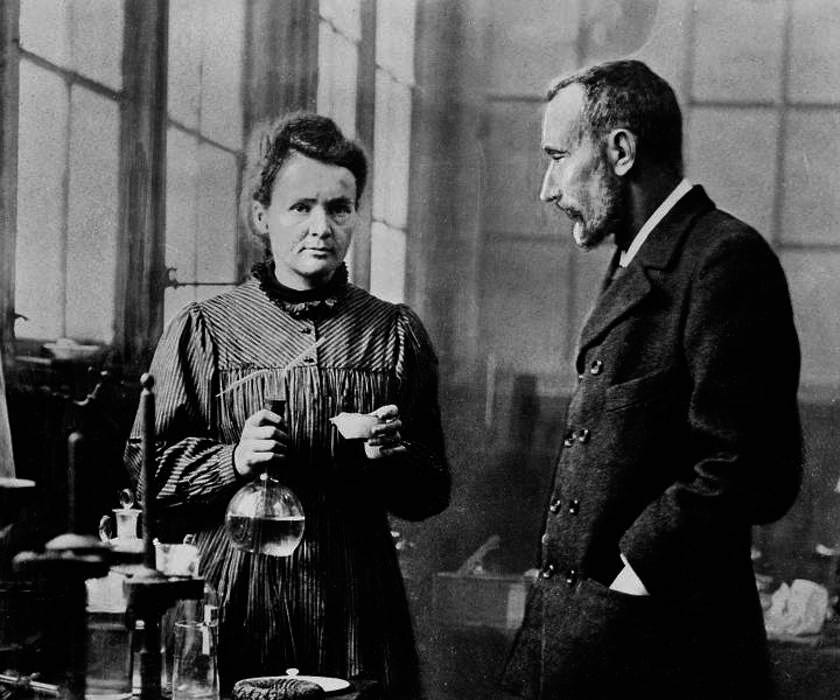Marie Curie
Pioneer of Radioactivity and Nobel Prize Laureate

Marie Curie (1867-1934) was a Polish-French physicist and chemist who conducted pioneering research on radioactivity. She was the first woman to win a Nobel Prize, the first person to win Nobel Prizes in two different scientific fields, and the only person to achieve this distinction in the related fields of physics and chemistry.
Born Maria Salomea Skłodowska in Warsaw, Poland, she moved to Paris to pursue her education at the Sorbonne, where she earned degrees in physics and mathematics. Her marriage to Pierre Curie led to a remarkable scientific partnership that would revolutionize our understanding of atomic structure and radioactive elements.
Key Milestones in Marie Curie's Life
Major Achievements & Contributions
Radioactivity Research
Coined the term "radioactivity" and conducted fundamental research that laid the groundwork for modern atomic physics.
Element Discovery
Discovered and isolated the radioactive elements polonium and radium, expanding the periodic table.
Medical Applications
Developed mobile X-ray units during WWI, saving countless lives and advancing medical imaging.
Scientific Legacy
Founded the Radium Institute in Paris, which remains a leading cancer research center today.
"Nothing in life is to be feared, it is only to be understood. Now is the time to understand more, so that we may fear less."
Marie Curie's dedication to science and her perseverance in the face of gender discrimination opened doors for future generations of women in science. Her work not only advanced our understanding of atomic structure but also led to practical applications in medicine, particularly in cancer treatment. The element curium was named in honor of Marie and Pierre Curie, and her legacy continues to inspire scientists worldwide.
Learn more about Marie Curie's remarkable life and scientific contributions:
Read Marie Curie's Nobel Prize Biography